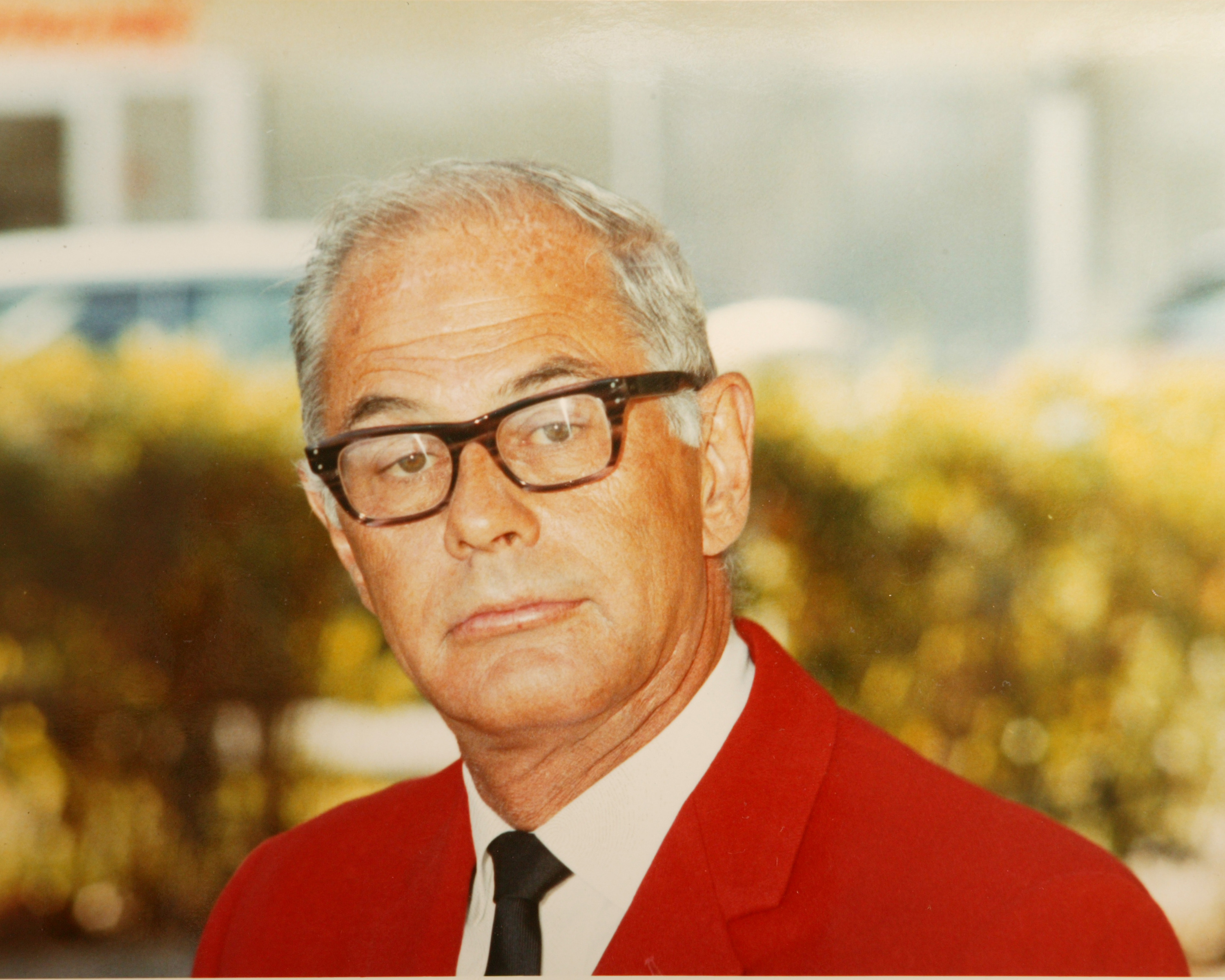Anyone who
doesn’t believe the sport of triathlon is the prime measure of athletic
excellence should “tell it to the Marines.”
After all,
it was a small group of that enclave which reputedly generated the idea about a
dozen years ago.
“Actually,
there were a couple different starts of it,” said Dave Ware, president of
Mid-America Triathletes. “One started
when several members of the Marines were sitting around and getting drunk,
arguing which among runners, bikers and swimmers made the best athletes.”
So, they
decided to do all three events back-to-back on Oahu in the first triathlon back
in 1978. That challenge, which saw 12 of
15 entrants finish, later grew into 1,000 participants completing the grueling
2.4-mile swim, 112-mile bike ride and 26.2-mile run known as the Kona Ironman
Triathlon.
In 1979, Sports Illustrated referred to the event
as “lunatic,” but a new breed of American athletes hasn’t viewed it as such.
“The growth
of triathlon is phenomenal!” Ware
said. It’s taking off faster than any
modern-day sport. Some people got tired
of just running, and were looking for a new challenge. Bikers who developed injuries looked for
other methods of keeping in shape.
“A lot of
people saw the Ironman on TV and thought it was a neat idea. Triathlon gives you a goal to work on, and
once you do, you’re hooked”
Although it’s
hardly recommended for the everyday athlete to try an Ironman event,
participation in shorter triathlons doesn’t require as much training as most
people might think.
Ware’s
first attempt was the completion of a standard triathlon of roughly .75 miles
of swimming, 35 miles on the bicycle and 6.2 miles of running. It took him less than six weeks to train for
that event. But if that sound too
ominous, a mini-triathlon encompassing distances of a quarter- to half-mile of
swimming, 10 to 15 miles on the bike and 3 to 5 miles of running can be easily
found.
“Obviously,
if you haven’t ridden a bike since you were five years old or jumped into the
pool for the first time, you’ll have trouble,” Ware said. “But most three- or four-day-a-week athletes
could comfortably finish a triathlon after just a few weeks of training.”
The
ultimate challenge of competing in three different sports draws some people
into triathlons, while the degree of camaraderie attracts others. Besides meeting people from throughout the
Midwest and the country at triathlons themselves, St. Louisans can make
countless appearances while they train.
“A lot of
people out of necessity train alone,” Ware said. “But the triathlon club, YMCA and other
groups feature training events where people can get together. We have a Wednesday night bike ride with
people of all different levels of ability, and a regular club meeting the first
Monday of every month.”
It isn’t
hard to find an event in which to participate.
A sample of nearby cities that host triathlons are Belleville, Wood
River, Alton, Jefferson City, Mexico and Columbia.
But the
most popular triathlon in the Midwest is the Bud Light-Lake St. Louis Triathlon
scheduled for 8 a.m. Sunday at Lake St. Louis.
Now in its sixth year, the Lake St. Louis event has had to limit
participation to 1,000 entries. It is
equally popular with spectators.
“Triathlon
is an exciting sport to experience,” Ware said.
“You constantly see interesting developments in all three individual
events. There used to be a lot of
questions as to which are the better athletes.
But now, none of these is thought of as the top because triathlon is
considered a separate sport in itself.”


